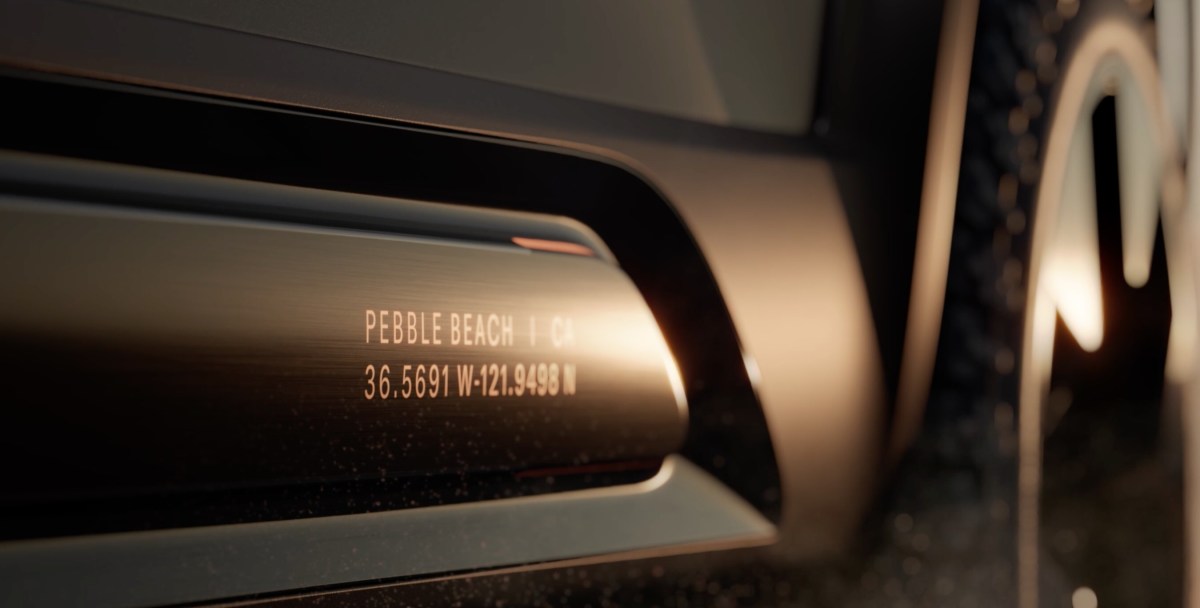(NSI News Source Info) HONG KONG - November 6, 2011: Engineers from U.S. behemoth Boeing are offering further glimpses into the so-called “international road map” variant of its F-18 Super Hornet, starting with its two shoulder-mounted conformal fuel tanks (CFTs) and numerous Enclosed Weapons Pods (EWPs).

The details are emerging as Boeing and rival Lockheed Martin, with its Joint Strike Fighter (JSF), move from being cut out of the Indian Medium Multi-Role Combat Aircraft and look to non-JSF partners like Japan for new business.
Several other air forces also are looking around for new fighters and will evaluate not only radar and avionics performances, but also how the fighters fare in both beyond-visual-range and close combat. Boeing has been promoting F-18 improvements under its international road map concept since last year, but it continues to dribble out more information as potential non-U.S. customers like Japan are targeted.
Along those lines, Boeing’s concept for a newer Super Hornet is intended to improve the basic airframe in terms of thrust/weight ratio, acceleration, agility, maneuverability, combat persistence, low-observable characteristics and sensor capabilities.
As Aviation Week & Space Technology and sister publication Defense Technology International have reported this year, to extend the F-18’s range without having to carry drag-inducing underwing fuel tanks, the new Super Hornet could rely on two CFTs. According to a preliminary calculation of a Super Hornet fitted with two CFTs and a belly-mounted conventional, external fuel tank, the aircraft would have the same combat radius that now only can be achieved with three external tanks. This is partly due to the position of the CFT’s center of gravity (CG), which is relatively close to the aircraft’s CG. The placement also cuts the amount of trim work and trim drag generated by the horizontal stabilizers.
Furthermore, the CFTs should not require modification of the flight control software, Boeing says, although confirmation will not come until wind tunnel and flight testing are carried out. The first test efforts are to be completed by the end of year with another round in 2012, the engineers say.
Along with the CFTs, Boeing also has been promoting replacement of the F-18’s wing and fuselage pylons and hardpoints with Enclosed Weapons Pods (EWPs), each of them able to host four AIM-120 missiles, a 2,000-lb. bomb or two 500-lb.-class weapons.
Boeing says that even if each EWP has a targeted empty weight of 370 kg (815 lb.), this “addition” is more than compensated for by elimination of pylons and rails and the better resulting aerodynamics, as well as reduced radar cross section (including against existing RCS treatments). With an underbelly and two underwing EWPs, the Super Hornet can carry 12 Amraams, plus the two wing-tip-mounted AIM-9Xs.
But the EWPs have yet to be certified for supersonic carriage and full combat load factors. Moreover, Boeing has not yet decided if it will modify an existing Super Hornet to flight test the CFTs and/or the EWPs.
Indeed, Boeing has yet to detail its estimates of how much better a Super Hornet fitted with an enhanced-performance engine variant of the General Electric F414, Transonic Flight Quality Improvement wing package, CFTs and EWPs would perform. But the company says that acceleration from level cruise speed to a supersonic Mach 1.3-Mach 1.5 will be reduced, depending on aircraft configuration and altitude, by 2-3.5 times compared with a standard Super Hornet. During a typical combat air patrol mission at altitudes around 40,000 ft., the time needed to accelerate from patrol to combat supersonic speed is to be reduced by 2-3 times.
And while it is clear that a modified Super Hornet will fly, accelerate, turn and have more specific excess power compared with the current Super Hornet within the same flight envelope, the international road map concept so far rests on Boeing internally funded research and development. The company wants a customer to fund more development and integration and test the improvements.
*Speaking Image - Creation of DTN News ~ Defense Technology News
*This article is being posted from Toronto, Canada By DTN News ~ Defense-Technology News
Contact:
©COPYRIGHT (C) DTN NEWS DEFENSE-TECHNOLOGY NEWS
©COPYRIGHT (C) DTN NEWS DEFENSE-TECHNOLOGY NEWS
©COPYRIGHT (C) DTN NEWS DEFENSE-TECHNOLOGY NEWS
COPYRIGHT (C) DTN NEWS DEFENSE-TECHNOLOGY NEWS
COPYRIGHT (C) DTN NEWS DEFENSE-TECHNOLOGY NEWS
COPYRIGHT (C) DTN NEWS DEFENSE-TECHNOLOGY NEWS
COPYRIGHT (C) DTN NEWS DEFENSE-TECHNOLOGY NEWS



















No comments:
Post a Comment